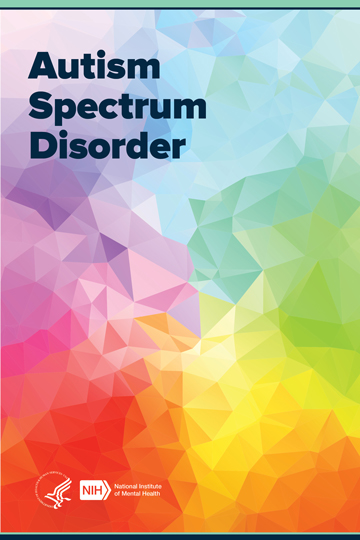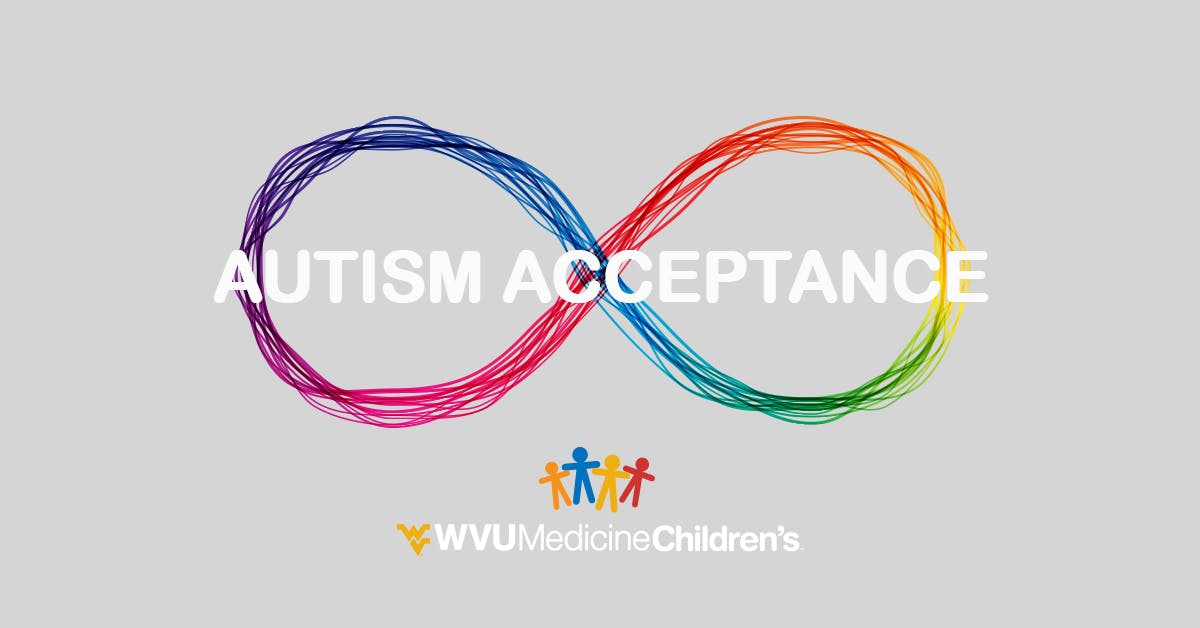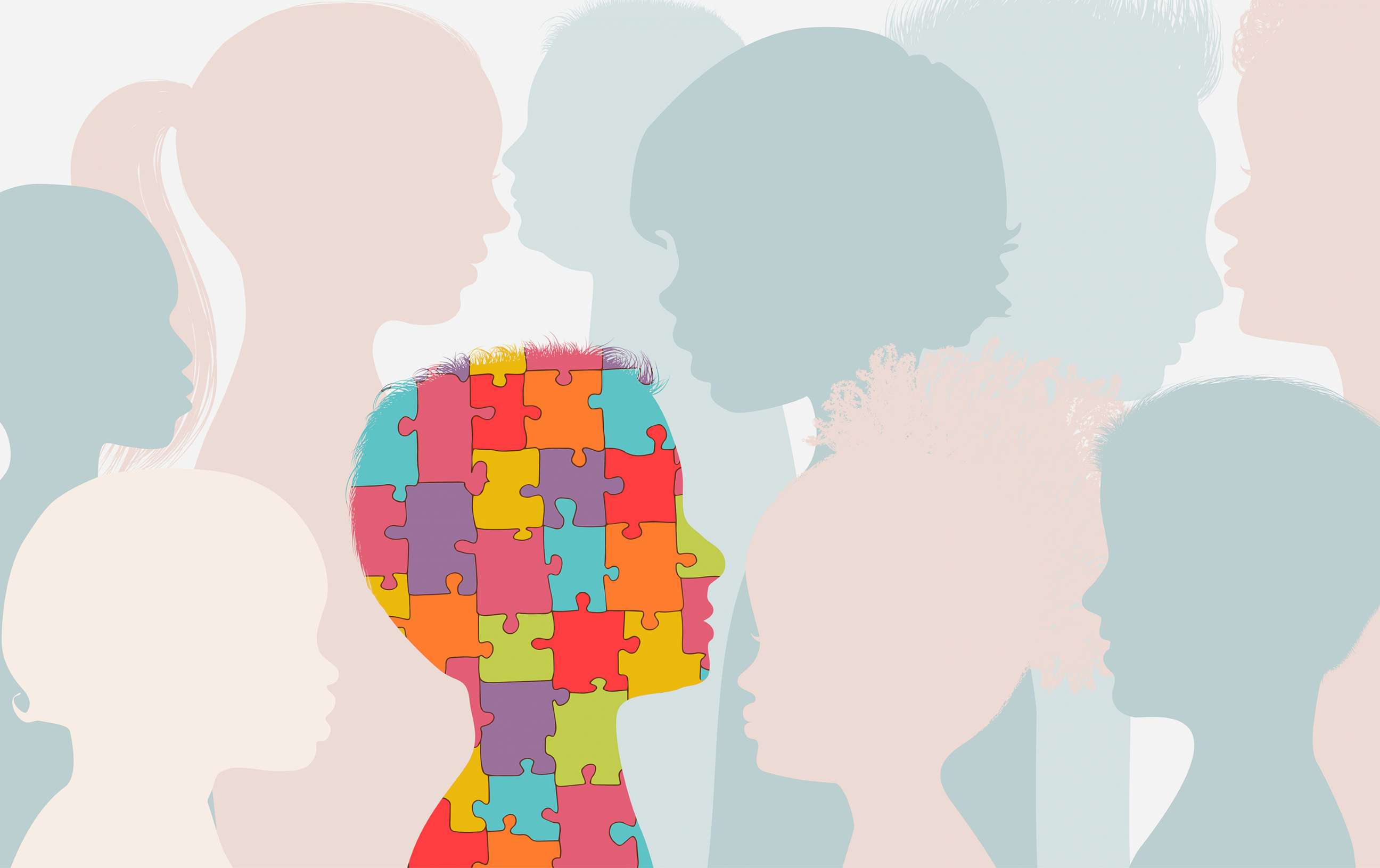The Relevance of Family Members Assistance in the Trip with Autism
The Relevance of Family Members Assistance in the Trip with Autism
Blog Article
Checking Out Autism: Strategies for Effective Interaction and Interaction
Effective communication and communication with individuals on the autism range demand an extensive understanding of their distinct needs and choices. Strategies such as using clear language, utilizing aesthetic assistances, and fostering consistent regimens can significantly boost engagement and minimize anxiety. In addition, recognizing the relevance of non-verbal hints and shared passions leads the way for meaningful links. The details of these methods disclose more considerations that warrant expedition, particularly in exactly how they can be adapted to varied contexts and individual experiences. What might these adjustments resemble in technique?
Understanding Autism Range Disorder
Autism Spectrum Problem (ASD) encompasses a variety of neurodevelopmental problems defined by obstacles in social communication, interaction, and repeated actions. The term "range" reflects the diverse manifestations and varying degrees of severity experienced by people with ASD. While some may show significant disabilities, others might present high-functioning characteristics, permitting higher independence in life.
The onset of ASD normally takes place in very early childhood years, with indicators usually well-known by age 2. Early indications might consist of postponed speech advancement, restricted eye contact, and difficulties in comprehending social signs. Although the specific etiology of ASD continues to be uncertain, research recommends a combination of hereditary and environmental aspects plays an important duty in its growth.
As an outcome, interventions and assistance customized to private requirements are necessary for fostering interaction and social abilities. Identifying the intricacy of ASD is crucial for promoting awareness, acceptance, and effective methods that promote significant communications with individuals on the spectrum.

Relevance of Clear Interaction
Reliable communication is essential for fostering understanding and connection, specifically for people with Autism Range Condition (ASD) Clear communication not just promotes social communications yet additionally enhances the individual's capability to share their needs, ideas, and feelings. For people with ASD, the subtleties of language can commonly be testing; therefore, utilizing straightforward and unambiguous language is necessary.
Moreover, clear communication helps in reducing disappointment and anxiousness that might arise from misconceptions. When messages are conveyed in a constant and direct way, individuals with ASD are much better geared up to analyze info accurately, which can considerably boost their social engagement and engagement in various setups.
Developing routines and utilizing aesthetic assistances can additionally bolster clear communication. These approaches offer people with foreseeable structures that aid comprehension and retention of information. Additionally, actively listening and being person during interactions promotes a helpful environment where individuals with ASD feel valued and recognized.
Inevitably, prioritizing clear communication not just encourages individuals with ASD however likewise promotes even more purposeful links with their peers, caregivers, and the broader area, leading the way for collaborative partnerships and comprehensive communications. - autism
Non-Verbal Interaction Strategies
Interaction expands past words, and for people with Autism Spectrum Condition (ASD), non-verbal hints play a substantial duty in communications. Non-verbal communication methods can include faces, gestures, body movement, and eye call, all of which offer as essential elements for communicating intentions and feelings.
Understanding and interpreting these non-verbal signals can enhance interactions with people with ASD. For instance, a warm smile or open pose can create an inviting atmosphere, motivating engagement. Utilizing aesthetic help-- such as photo cards or signs-- can link communication gaps and help share messages much more effectively.
It is additionally essential to be mindful of personal room, as individuals with ASD may have various convenience levels concerning distance. Observing their responses to physical closeness can inform ideal modifications.

Creating Encouraging Atmospheres
Developing a helpful atmosphere is essential for promoting positive communications and enhancing the news health of people with Autism Range Condition (ASD) Such environments can dramatically minimize anxiousness and develop a sense of safety, enabling individuals to share themselves much more easily.
To achieve this, it is vital to think about sensory sensitivities that people with ASD may experience. Modifying the physical room to include soft lighting, marginal background sound, and comfortable seats can develop a calming atmosphere. Additionally, utilizing regular regimens and clear visual timetables can assist people expect changes and decrease unpredictability, further advertising comfort.
Social rooms should be structured to lessen frustrating stimuli while offering possibilities for engagement in favored tasks. Assisting in areas marked for quiet time can likewise act as a refuge during moments of stress and anxiety. Notably, incorporating aspects of selection encourages individuals, allowing them to work out agency in their atmosphere.

Encouraging Social Interactions
Fostering social communications amongst individuals with Autism Range Web Site Condition (ASD) calls for deliberate strategies that focus on comfort and involvement. Establishing foreseeable regimens can help in reducing anxiety, making social setups more approachable. Producing organized environments with specified responsibilities and roles enables people to engage without the overwhelming pressure of disorganized social characteristics.
Including interests and strengths into social tasks can work as a driver for communication. For instance, organizing group activities around shared leisure activities or topics of fascination can assist in all-natural discussions and connections. Furthermore, using aesthetic assistances, such as social scripts or pictorial routines, can assist in understanding social hints and assumptions.
Modeling appropriate social habits is critical - autism. Adults and peers ought to show effective communication techniques, including active listening and turn-taking. Role-playing scenarios can additionally provide a risk-free area for people to exercise these skills
Lastly, promoting peer relationships with comprehensive practices is vital. Motivating inclusive playdates or group outings can create opportunities for socializing in a comfy setup. By executing these caregivers, instructors and techniques can dramatically improve social communications for individuals with ASD, promoting their general social advancement and well-being.
Verdict
In verdict, efficient interaction and interaction techniques are important for supporting individuals with Autism Spectrum Condition. Inevitably, these approaches encourage weblink people with autism to browse social landscapes, promoting their overall wellness and making it possible for the growth of lasting relationships.
Efficient interaction and communication with people on the autism range demand an extensive understanding of their special requirements and preferences. Clear communication not only helps with social communications but likewise boosts the person's capacity to share their ideas, feelings, and demands.Promoting social communications amongst people with Autism Range Disorder (ASD) needs deliberate techniques that focus on comfort and engagement. By carrying out these educators, approaches and caretakers can significantly enhance social communications for individuals with ASD, advertising their total social growth and health.
In conclusion, effective communication and communication strategies are important for supporting individuals with Autism Range Problem.
Report this page